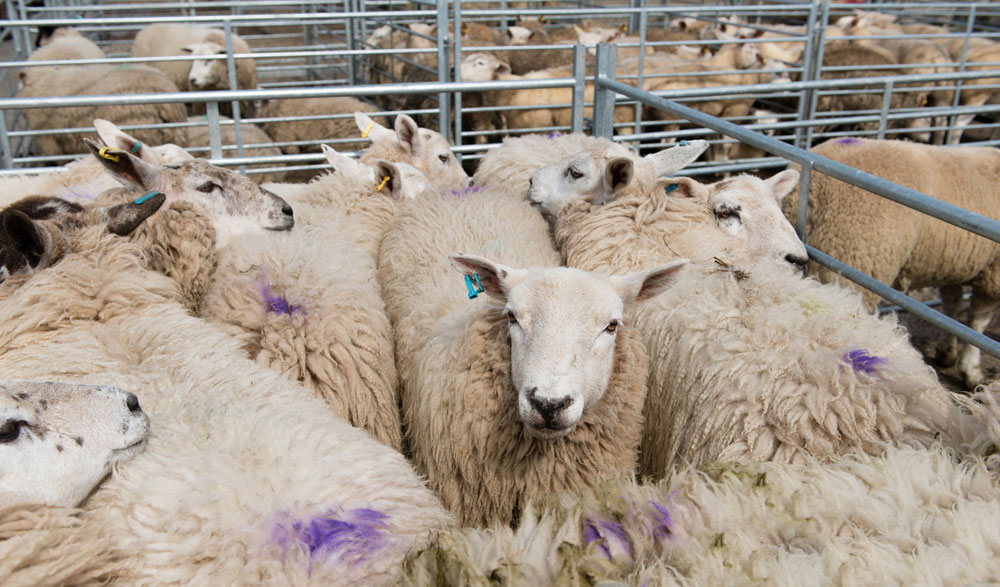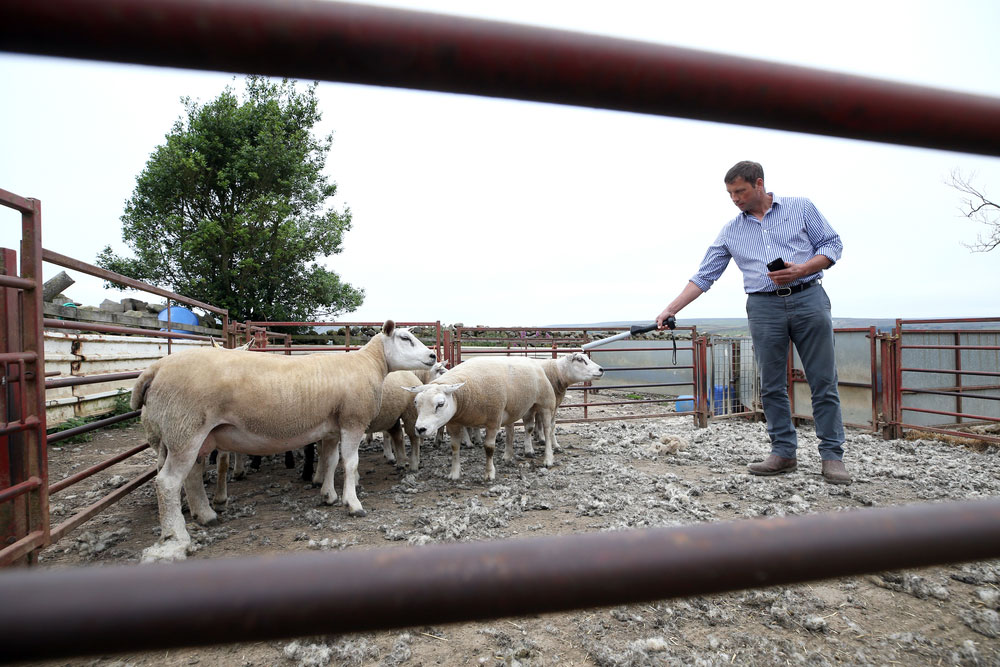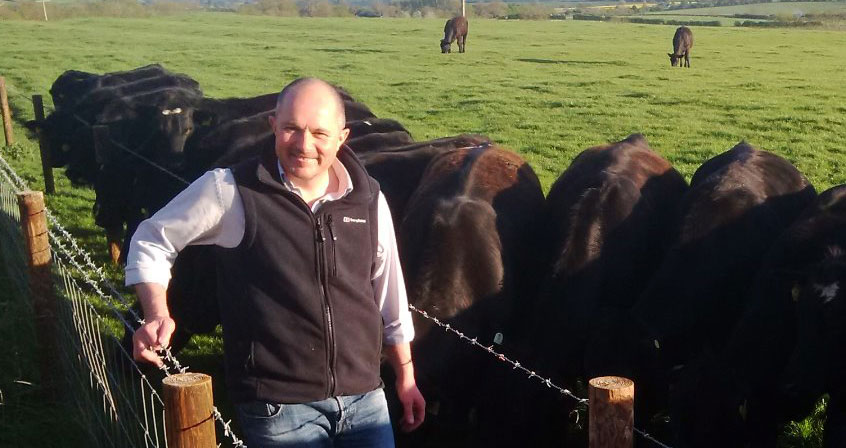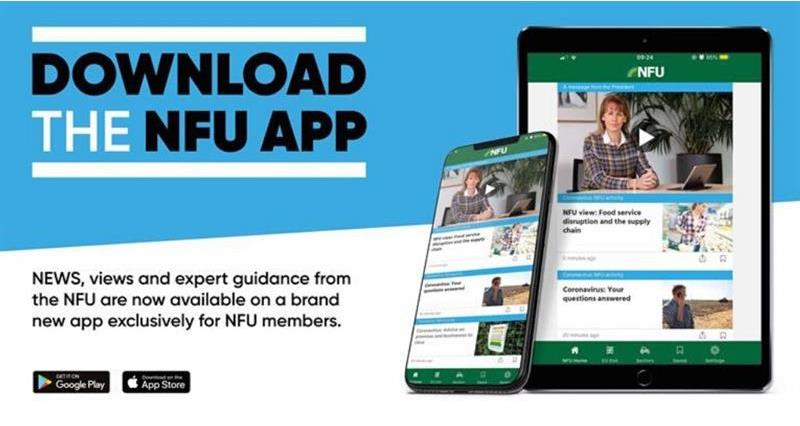Who would have thought that in the past few months we’d all embrace such a very different way of working, with video calls now the new normal. Perhaps lockdown and this new approach to work could be seen as a metaphor for a much needed change in the livestock sectors' approach to using data and technology. Technology has been weaving its way into the beef and sheep sector in recent years with many in the supply chain seeing the array of productivity benefits from collecting and interpreting data.
There are many farm software systems out there that enable the livestock keeper to meet the statutory requirements for registering births, reporting deaths and movements as well as recording medicine records and a range of other management information. My view has always been that if you don’t measure performance how can you identify those areas where improvements can and should be made. Sir Dave Brailsford from Team Sky talked about marginal gains having a major impact on the overall performance of the team – the same could be achieved in any farming business. The key is data; measure, monitor, review and then be prepared to make changes to the management of your business.
One of the earliest technologies designed to improve livestock traceability, and to speed up and improve the accuracy of reading ear tags was electronic identification (EID) which was introduced for sheep in 2009. While many would argue EID in sheep has cost the industry, those that have worked with the technology and integrated farm management systems that record individual animal performance have seen productivity gains as a result, whether this is targeted worming programmes and meeting processor specifications.

Above: Electronic identification (EID) in sheep were introdiced to help both the farming industry and the government to track sheep movements more effectively in the event of a disease outbreak.
We need more within our sector to consider recording management data and for farm bench marking to become the norm.
I think that we’re entering a period of significant change for the livestock sectors. The new multispecies Livestock Information Service is now in development and will bring cattle, sheep, pigs and other livestock into a single multi species system replacing in time the old services such as CTS and ARAMS. The introduction of livestock service will create a single end to end digital reporting service that will seek to record movements in real time. It is also an opportunity to introduce bovine EID, which will improve the accuracy and speed in which we read and record individual ear tags. But the really exciting piece is potential to build on the statutory movement data and provide, with the appropriate data sharing permissions a range of management information or value add data for the keeper and others in the supply chain. This might help inform buying decisions, by sharing assurance, health or medicine history and feedback from the processor could all help drive value and build on the UK’s reputation for quality and safety which will be so important as we strike out to secure access to new markets.
EID technology when integrated with day to day practises can improve productivity on farm.
Sheep and cattle can be weighed, individual ID recorded and monitored to identify performance against genetic lines, health and environmental conditions to optimise the best possible performance. In a sector where producers face tight margins additional information helps producers focus on what’s important and where to make sometimes subtle management changes that can make a difference to the bottom line. A focus on individual animal performance helps understand the estimated breeding values (EBV) of specific animals and informs breeding policies for the business and when combined with technologies such as CT scanners to measure fat and muscle in the carcass you can really hone in on the type of animal that performs in your system and meets the required specification.

Above: NFU livestock board chairman Richard Findlay is passionate about measuring effeciencies on his farm.
The industry has access to all this information through a variety of easily accessible farm software systems, so recording this information couldn’t be easier.
Systems that allow you to set targets, monitor your progress and bench mark yourself against other producers in the UK help identify areas of your business to focus on. Many systems will integrate with other systems such as BCMS, breed societies and use EID technology with other hardware to help you collect data when doing routine tasks.
By focusing on productivity and the physical performance of your business you can also reduce your carbon footprint, for example by selecting to increase cattle lifetime growth rate by + 5% you can save up to 0.3kg/CO2 per kg of meat produced. Or by improving by achieving +0.1 lamb per ewe a year you could reduce your carbon footprint by 0.74kg/CO2 per kg of meat produced.
We’ve seen a change in consumer behaviour as more switch to online shopping and we’re seeing this enter into agriculture with specific livestock trading sites growing market share, although we see this as supporting the live auction system. The key is to connect sellers and buyers from all over the country to achieve the best price but also to provide more information about the animal or lot ahead of sale. The live auction system appears to be embracing this technology with an increasing number streaming sales live online, how long before online bidding becomes common place. Competition in the market and the wider supply chain is good and could be hugely beneficial to producers.
The new Livestock Information Service will hopefully drive the sector forward, lets embrace the technology and systems already out there. By collecting, using and then sharing data with prospective buyers we should be able to drive value and improve health and the productivity of the sector.
More from NFUonline:

